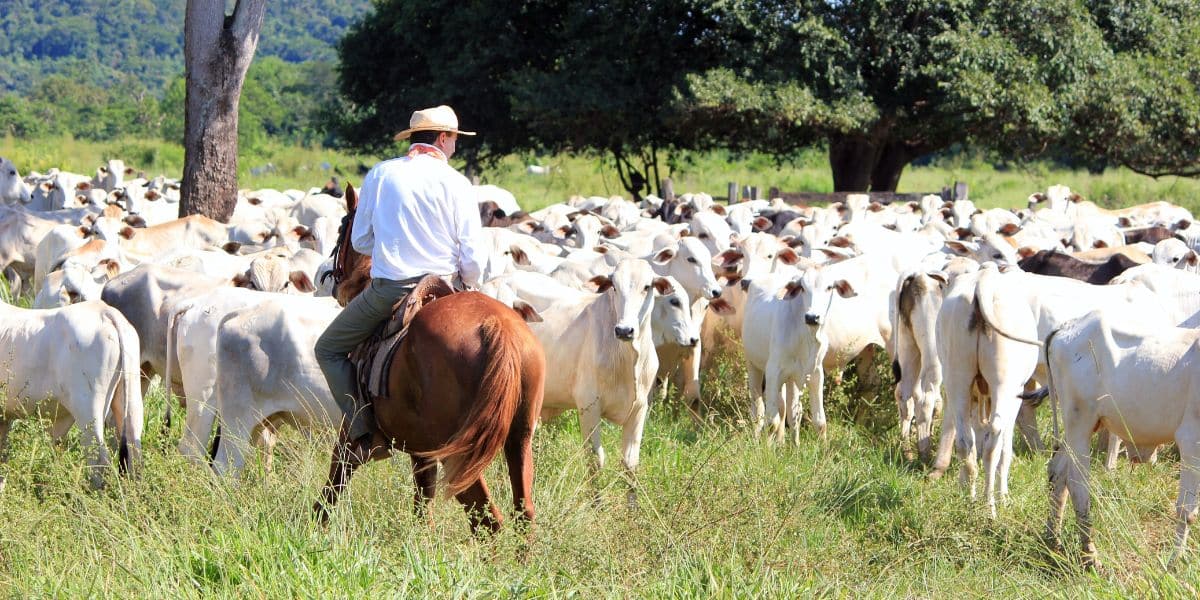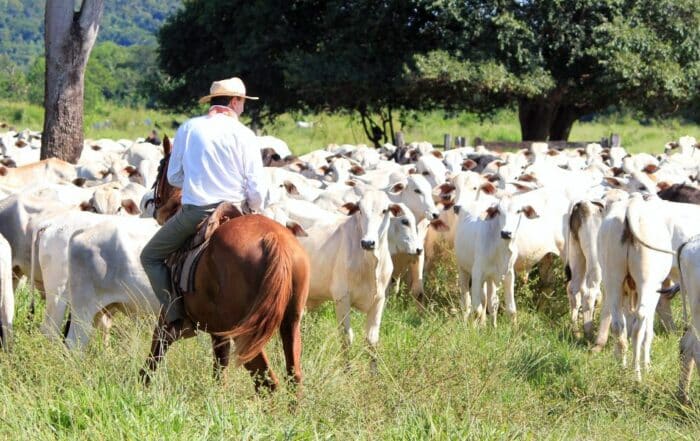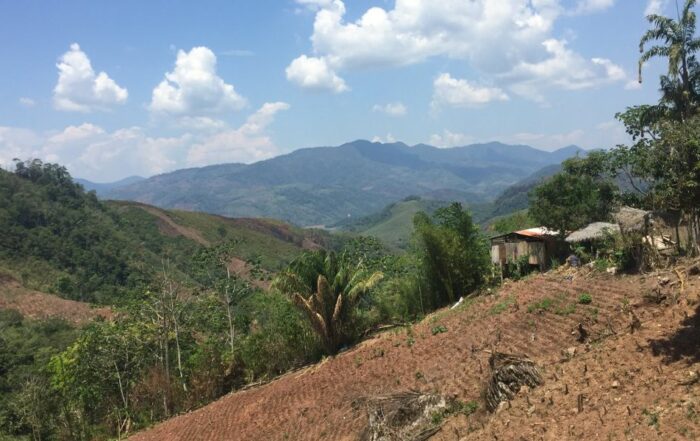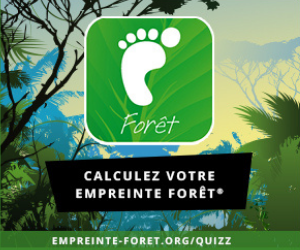Presentation of a report about trends in the Colombian cattle supply chain and producer’s behavior
The following report, developed by the NGO Envol Vert and the Global Land Use and Environment Lab (GLUE) at the University of Wisconsin, focuses on pathways to achieve a deforestation-free cattle sector in Colombia. This study, financed by Mighty Earth and USAID, uses 2018-2020 data from the Colombian Agricultural Institute (ICA). Through an in-depth analysis, we offer an overview of the trends in the Colombian cattle supply chain and producer behavior, with the goal of identifying the challenges and opportunities it presents to improve traceability in the sector while contributing to forest conservation.
The cattle sector is one of the leading drivers of deforestation in Colombia. As a result, it is the focus of many initiatives that seek to change this relationship and promote a more sustainable and deforestation-free supply chain. In order for these initiatives to succeed, it is critical to have an effective traceability and monitoring system for the cattle supply chain. The analyses in this report provide a better understanding of the sector to begin to address the problem.
The report covers the following key topics:
Indirect transactions, a challenge for traceability
In Colombia, 77% of all animal transactions are indirect (meaning that animals are not being moved to a slaughterhouse, but rather to other farms or animal concentrations, such as auctions and fairs), making tracing their origin and destination difficult. Every time cattle are moved from one property to another, they get mixed with animals that may have different origins, hampering the possibility of having clear transaction records. Over 264,000 producers registered cattle movements during the 3 years of our study period, with most of them playing multiple roles in the supply chain. This complexity adds to the challenges of establishing an effective traceability system.
Classification of producers based on their role in the supply chain
This is the first time the Colombian cattle supply chain is analyzed taking into account the different roles producers can have within the supply chain. These roles are determined by their relationships to other links in the supply chain, primarily to slaughterhouses, resulting in 4 categories: direct suppliers, mixed suppliers and Tier-1 and Tier-2 indirect suppliers. Here, we characterize each of these roles’ behaviors.
Main actors
A small fraction of all producers (about 2,600, which corresponds to 1%) moved 33% of all animals. These producers have very distinct profiles from an average producer. Similarly, out of all movements originating in concentrations, 25% involved just 8 of them. Involving these actors is critical to be able to implement a successful traceability system.
Animal concentrations
The report reveals that a third of all animals pass through concentration points like fairs and auctions before returning to a property, instead of going directly to a slaughterhouse. Indeed, only 20% of the animals moving through concentrations are headed to a slaughterhouse. Understanding these movements is crucial in order to identify all properties that an animal has passed through during its life.
Deforestation Hotspots (ZADs by their Spanish acronym)
The report also focuses on deforestation hotspots (25 municipalities) and how the cattle that originated in these ZADs entered the supply chain. This creates both direct deforestation risk, when these animals are moved to slaughterhouses located in different cities, and indirect risk when they are moved to properties or animal concentrations throughout the country (621 municipalities). About 25% of all cattle slaughtered in Bogotá and 60% of all cattle slaughtered in cities such as Florida, Candelaria and Yumbo in the Cauca valley originated in ZADs.
Recommendations to improve traceability
The report provides actionable solutions. We recommend making better use of existing datasets, such as ICA’s guias (records of animal mobilizations), and combining these with maps of the national cadaster or property boundaries collected during vaccination campaigns. These actions are essential to achieve a more sustainable and deforestation-free cattle supply chain. To learn more about our recommendation, read the full report.
The report offers a detailed analysis of the cattle sector, identifies the challenges that must be addressed to implement an effective traceability system and offers clear recommendations to move towards a deforestation-free supply chain. Clear understanding of these aspects is crucial to make informed and efficient decisions with the goal of reducing deforestation and promoting sustainability in Colombia’s cattle sector.
Presentation of a report about trends in the Colombian cattle supply chain and producer’s behavior
The following report, developed by the NGO Envol Vert and the Global Land Use and Environment Lab (GLUE) at the University of Wisconsin, focuses on pathways to achieve a deforestation-free cattle sector in Colombia. This study, financed by Mighty Earth and USAID, uses 2018-2020 data from the Colombian Agricultural Institute (ICA). Through an in-depth analysis, we offer an overview of the trends in the Colombian cattle supply chain and producer behavior, with the goal of identifying the challenges and opportunities it presents to improve traceability in the sector while contributing to forest conservation.
The cattle sector is one of the leading drivers of deforestation in Colombia. As a result, it is the focus of many initiatives that seek to change this relationship and promote a more sustainable and deforestation-free supply chain. In order for these initiatives to succeed, it is critical to have an effective traceability and monitoring system for the cattle supply chain. The analyses in this report provide a better understanding of the sector to begin to address the problem.
The report covers the following key topics:
Indirect transactions, a challenge for traceability
In Colombia, 77% of all animal transactions are indirect (meaning that animals are not being moved to a slaughterhouse, but rather to other farms or animal concentrations, such as auctions and fairs), making tracing their origin and destination difficult. Every time cattle are moved from one property to another, they get mixed with animals that may have different origins, hampering the possibility of having clear transaction records. Over 264,000 producers registered cattle movements during the 3 years of our study period, with most of them playing multiple roles in the supply chain. This complexity adds to the challenges of establishing an effective traceability system.
Classification of producers based on their role in the supply chain
This is the first time the Colombian cattle supply chain is analyzed taking into account the different roles producers can have within the supply chain. These roles are determined by their relationships to other links in the supply chain, primarily to slaughterhouses, resulting in 4 categories: direct suppliers, mixed suppliers and Tier-1 and Tier-2 indirect suppliers. Here, we characterize each of these roles’ behaviors.
Main actors
A small fraction of all producers (about 2,600, which corresponds to 1%) moved 33% of all animals. These producers have very distinct profiles from an average producer. Similarly, out of all movements originating in concentrations, 25% involved just 8 of them. Involving these actors is critical to be able to implement a successful traceability system.
Animal concentrations
The report reveals that a third of all animals pass through concentration points like fairs and auctions before returning to a property, instead of going directly to a slaughterhouse. Indeed, only 20% of the animals moving through concentrations are headed to a slaughterhouse. Understanding these movements is crucial in order to identify all properties that an animal has passed through during its life.
Deforestation Hotspots (ZADs by their Spanish acronym)
The report also focuses on deforestation hotspots (25 municipalities) and how the cattle that originated in these ZADs entered the supply chain. This creates both direct deforestation risk, when these animals are moved to slaughterhouses located in different cities, and indirect risk when they are moved to properties or animal concentrations throughout the country (621 municipalities). About 25% of all cattle slaughtered in Bogotá and 60% of all cattle slaughtered in cities such as Florida, Candelaria and Yumbo in the Cauca valley originated in ZADs.
Recommendations to improve traceability
The report provides actionable solutions. We recommend making better use of existing datasets, such as ICA’s guias (records of animal mobilizations), and combining these with maps of the national cadaster or property boundaries collected during vaccination campaigns. These actions are essential to achieve a more sustainable and deforestation-free cattle supply chain. To learn more about our recommendation, read the full report.
The report offers a detailed analysis of the cattle sector, identifies the challenges that must be addressed to implement an effective traceability system and offers clear recommendations to move towards a deforestation-free supply chain. Clear understanding of these aspects is crucial to make informed and efficient decisions with the goal of reducing deforestation and promoting sustainability in Colombia’s cattle sector.






